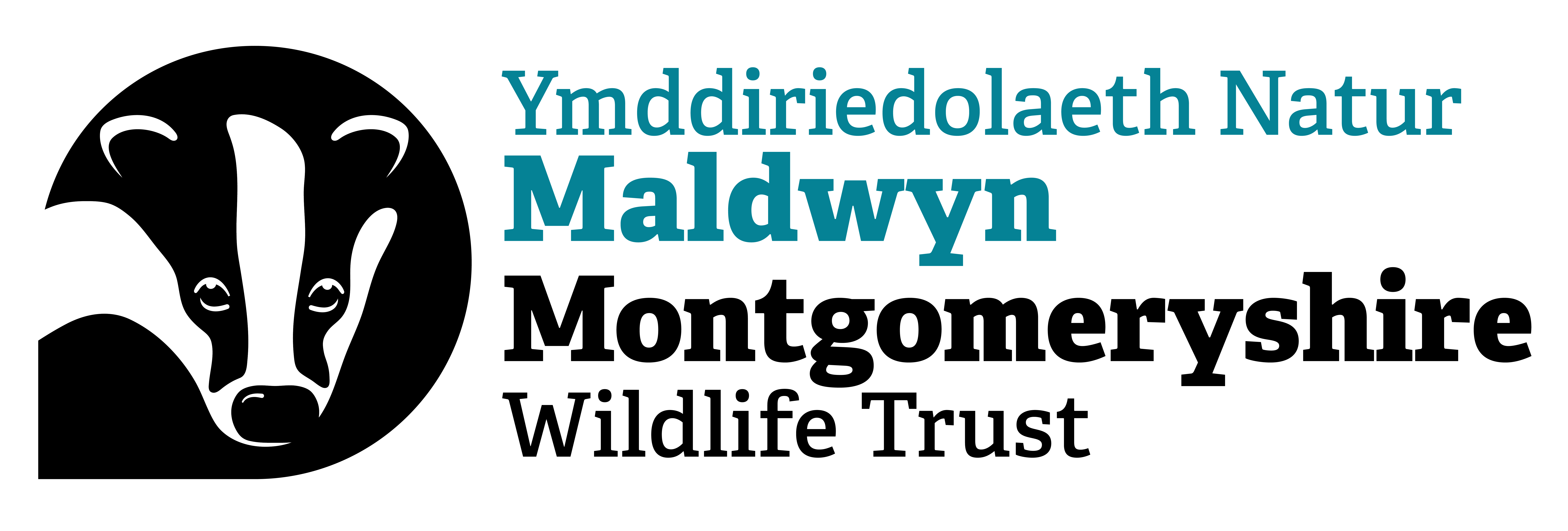Search
Chwilio
How we are run
Thank you renewal
Thank you donation
My motivation
Holly spends as much time as she can outdoors. She finds after a busy day, nature works as a reset button – it helps her to focus, always teaches her something new, and inspires her to work as…
Pintail
When spotting the pintail in winter, look out for the fabulous, long tail feathers that characterise it. This dabbling duck feeds at the water's surface, rather than diving for food.
Guillemot
Guillemots really know how to live life on the edge – quite literally! They nest tightly packed on steep ledges and cliffs around the coast. This may sound like a strange nesting spot, but it…
My inspiration
Tony, environmentalist and author, gets inspiration from being outside. His dogs do too. Growing up with a passion for the natural world, progressing to ornithology, a deep and growing conviction…
Sedge warbler
In summer, the sedge warbler can be spotted singing from a reed or willow perch in wetlands across the UK. Males never sing the same song twice, adding new phrases to impress the females.
Yellowhammer
Like many of our farmland birds, the yellowhammer has declined in number in recent years. Spot this bright yellow bird singing from the top of a bush or fence, or in a mixed-species flock in…
Road verges
Barrel jellyfish
Giants of the jellyfish world, these incredible creatures are the UK’s largest jellyfish! They can grow to the size of dustbin lids – giving them their other common name: dustbin-lid jellyfish.…
